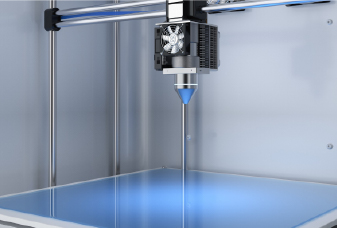English

القدرات
النماذج الأولية السريعة والتصنيع حسب الطلب.

الصناعات
انضم إلى الآلاف من قادة الصناعة الذين يقودون ابتكار المنتجات مع Chiggo.

الحلول
حل شامل بدءًا من المواد الخام وحتى الإنتاج وتحسين المنتج.

معلومات عنا
اكتشف من نحن وكيف نضمن الجودة والتسليم في الوقت المناسب.
حول شيجو
حول التسليم
ضمان الجودة
مصنعنا
رؤيتنا ورسالتنا وتاريخ التطوير وفريقنا المتفاني.
أوقات تسليم سريعة وفعالة، مع تحسين كل خطوة بدءًا من تقديم الطلب وحتى التسليم.
تقديم نماذج أولية سريعة عالية الجودة وأجزاء إنتاج حسب الطلب تلبي التوقعات وتتجاوزها.
اكتشف الدقة والابتكار وراء Chiggo من خلال جولة في مصنعنا، المتوفر عبر الإنترنت أو في الموقع.

الموارد
كل ما تريد معرفته عن التصنيع الرقمي.
-
مدونة
-
فيديو
مصنع مصدرك الموثوقمنذ عام 2011
















































